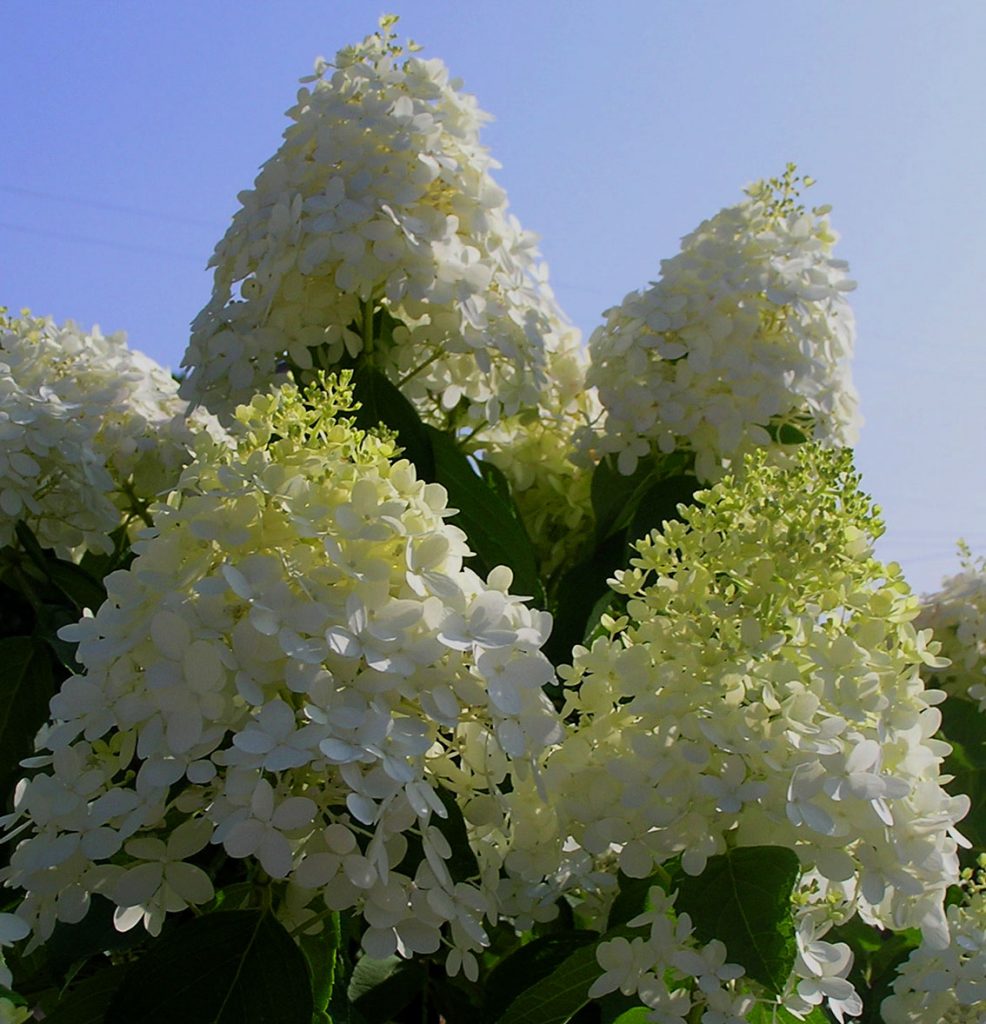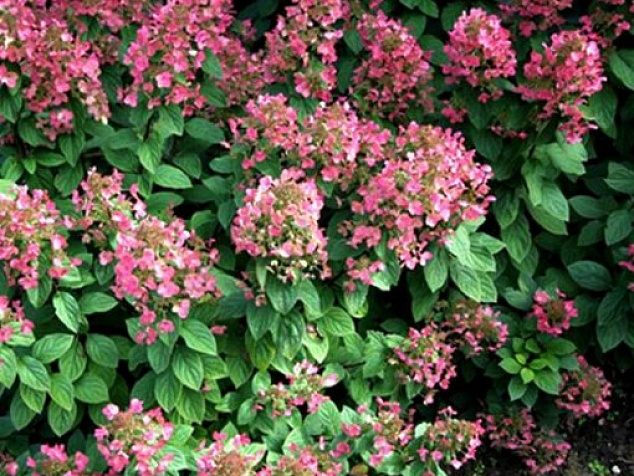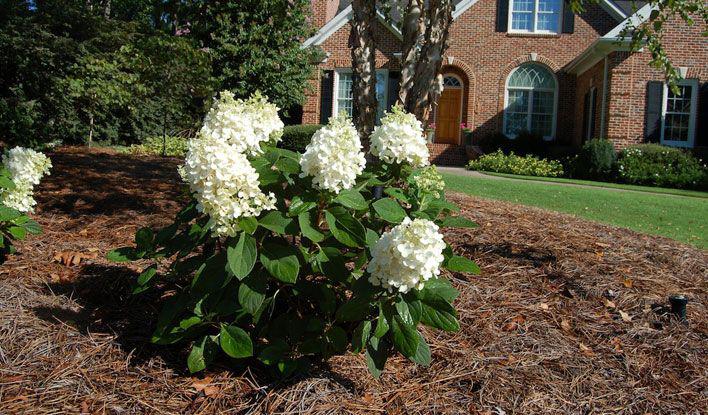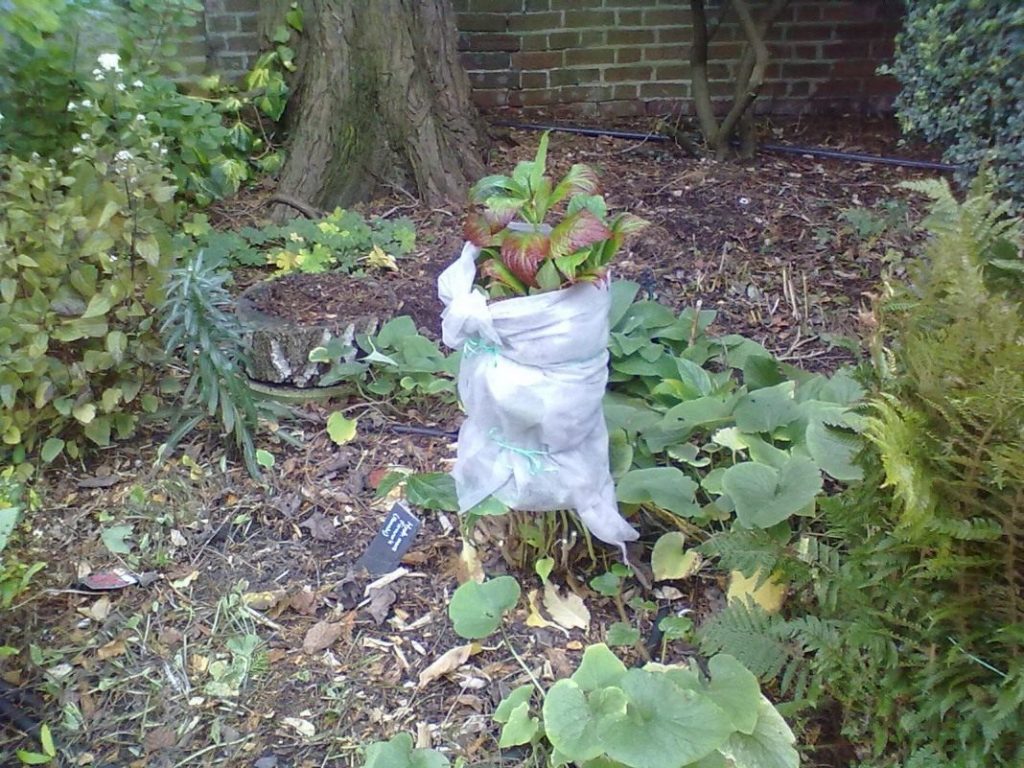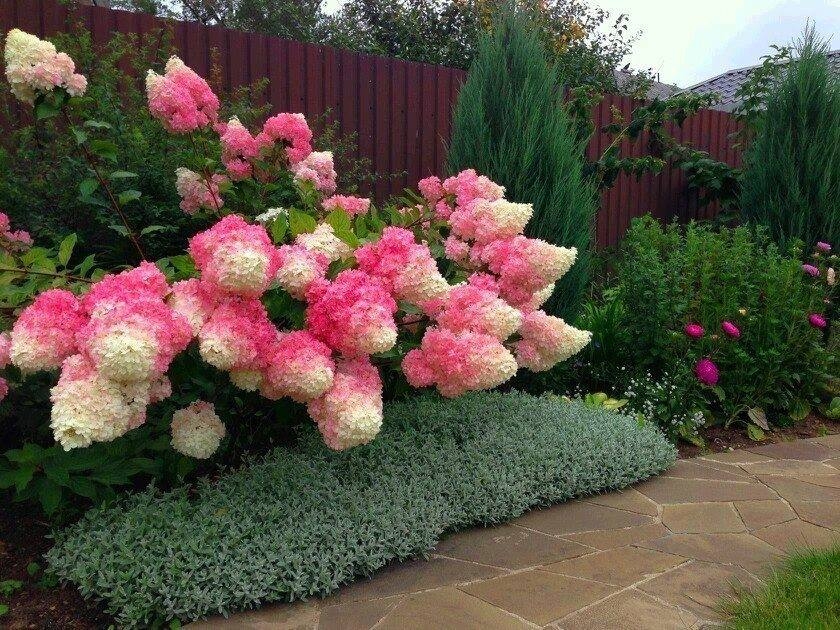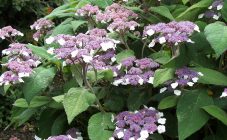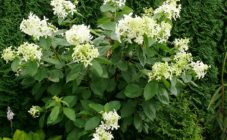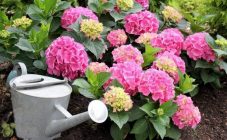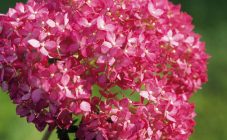Content:
Hydrangea is an amazing flower that is proudly named after the princess of the Roman Empire and sister of Prince Carl Heinrich of Nassau-Siegen. However, in botanical circles it is called differently - "hydrangea" (lat. Hydrangea). If literally translated from Latin, then hydrangea hydrangea means "a vessel with water", which once again emphasizes the plant's love for moisture.
general information
Hydrangea hydrangea comes from America and Asia, there are about 30 different varieties. The best known are only three species that successfully take root in Russian regions:
- climbing hydrangea (Hydrangea petiolaris);
- large-leaved hydrangea (Hydrangea macrophylla);
- panicle hydrangea (Hydrangea paniculata).
From the name, you can guess that the climbing variety is a liana on which loose whitish inflorescences are located, paniculate - bushy with panicle inflorescences, and, in the end, large-leaved - also in the form of a bush, but already with spherical inflorescences.
In Russian latitudes, deciduous varieties predominantly grow, while in the subtropics, almost every bush is evergreen. Representatives of this genus can differ in the shape of inflorescences and leaves, the height or length of the shoots, not to mention the color palette - there are lilac, red, yellow, white, pink and many other hydrangeas. You can also often see two-colored shrubs.
Every gardener, even if he did not have time to gain experience, may not be afraid of the difficulties in caring for these flowering shrubs, since it is very simple and standard. Moreover, breeders are working tirelessly to develop new varieties that could amaze more with their beauty and unpretentiousness. One of these novelties is Dolly panicle hydrangea, having learned more about which, you will certainly want to plant in your garden.
Hydrangea Dolly (Dolly): description
Florists love Dolly for her compact appearance and ability to bloom from July to October.
This shrub is usually no higher than 1.5 m, but spreading in shape with cone-shaped inflorescences-panicles up to 30 cm.The color of each flower is white, and by autumn it turns pink. The beautiful bloom is emphasized by the green foliage, densely dotted throughout the plant. The peculiarity of this variety is a delicate aroma that not all hydrangeas have. In the first year after planting, the gardener can expect flowering from an unpretentious and grateful plant.
In addition, Dolly hydrangea is characterized by excellent winter hardiness down to -35 ° C, which should be noted.
Planting and caring for hydrangea
The most important thing to know before planting hydrangeas in open ground is that they do not tolerate lime in the soil and cannot wait for flowering on such land. The time for planting is spring and autumn, but in the northern regions it is only spring, so that with the arrival of summer the earth warms up, and the plant has time to gain strength and grow.
A hole for a Dolly hydrangea seedling is usually about 30–35 cm, and peat, humus, leafy soil and a little sand are introduced into it in advance.The ideal acidity for the variety is pH = 5.0, so additional soil oxidation is often required. Then add to the soil: double superphosphate 70 g, pine bark, 1 tbsp. l. urea and 2 tbsp. l. potassium sulfate.
After the completion of the preliminary preparation of the planting hole and soil, the bush is directly placed so that the root collar sinks slightly into the hole, or is flush with the ground. In this case, it is important not to allow the formation of a void in the root system (you just need to slightly compact the soil when planting). When the seedling is already planted, it must be watered and mulched near the trunk with a layer of pine bark or peat.
Everyone can cope with further care. Panicle hydrangea favorably perceives feeding, sunlight, moisture and it needs pruning.
In particular, manure and a mineral complex of potassium, nitrogen and phosphorus will become a good fertilizer for the Dolly variety. Their first introduction should take place in early June. The second feeding is done 2 weeks after the first. Such feeding will be enough for the shrub to bloom profusely and delight with inflorescences before the onset of cold weather. If possible, fertilization is continued later, but without the inclusion of nitrogen.
Regarding pruning Dolly, you should know that without her the plant will become very thick, which will make the appearance seem neglected, and the flowering itself will diminish and the flowers will shrink. The very first pruning occurs in the spring, before the active growth of the shoots begins. It will also help the growth of roots in a young bush, which needs young shoots and foliage for a strong system.
It is better to postpone the formative pruning for 2 or 3 years of the life of the shrub, but in the first year to deal with skeletal branches. If the plant is no longer young, rejuvenating pruning is performed at a height of 50–70 cm from the ground level. With the onset of autumn, old inflorescences and thin shoots that are unable to gain strength are removed.
It is not recommended to leave the hydrangea with the inflorescences for the winter, because together with the snow they will become heavy and can break off the branches, and due to such wounds, this or that disease often develops. And before the onset of the cold season, water-charging irrigation is often done, which is necessary in order to protect the root system from freezing, after which the plant is spud.
Reproduction of panicle hydrangea
You can increase the number of Dolly hydrangea bushes by layering or cuttings. Often cut off in spring shoots are also used for reproduction.
Each selected shoot is kept in a weakly concentrated solution of "Kornevin" for two days, and then placed in fertile soil. If the stalk is immediately sent to the open ground, then for the first time it needs to be shaded from the sun, until the first leaves are found.
Before the beginning of winter, young plantations must be sheltered from the cold. Next year, the first peduncles will be discovered, but it is better to wait another season and remove them, so the plant will put all its energy into the development of all systems. A stronger plant will live much longer in the garden. Also, in the first 3-4 years of life, you need to decide on a permanent planting site for the bush.
How to protect hydrangea from diseases and pests
Like many other plantations, Dolly hydrangea can be attacked by various diseases or pests. And if you do not take action in time, then all the beauty of the plant will disappear. In a particularly neglected case, it will die altogether.
Among all diseases, the most to be feared is the ingress of fungi.If a white coating appears, this is the first sign of powdery mildew, and brown spots indicate the development of gray rot. At the slightest suspicion of such diseases, it is worth sprinkling the shrub with fungicides (for example, "Fundazol") or 1% Bordeaux liquid.
If the weather is warm and not rainy, you can try to get rid of the aphids using the following folk method - prepare a garlic tincture. For her you need 50 g of garlic, 2 liters of water and 10 g of soap. The garlic is finely chopped and then filled with water for 2 days. After that, soap is also added, which will help the product to fix on the leaves. After all the preparations, they begin to process the hydrangea.
Dolly looks great in home gardens with all the coniferous shrubs, in particular, firs or junipers are often planted next to her.
The classic brothers in a flower garden with hydrangea are lilacs and chubushnik, the most common varieties of which begin to bloom in May. And just after them, Dolly begins to dissolve inflorescences, thus continuing to continuously delight flower growers.
Even if you just plant a single shrub near the house or in the garden, then the site will be transformed and become elegant.
